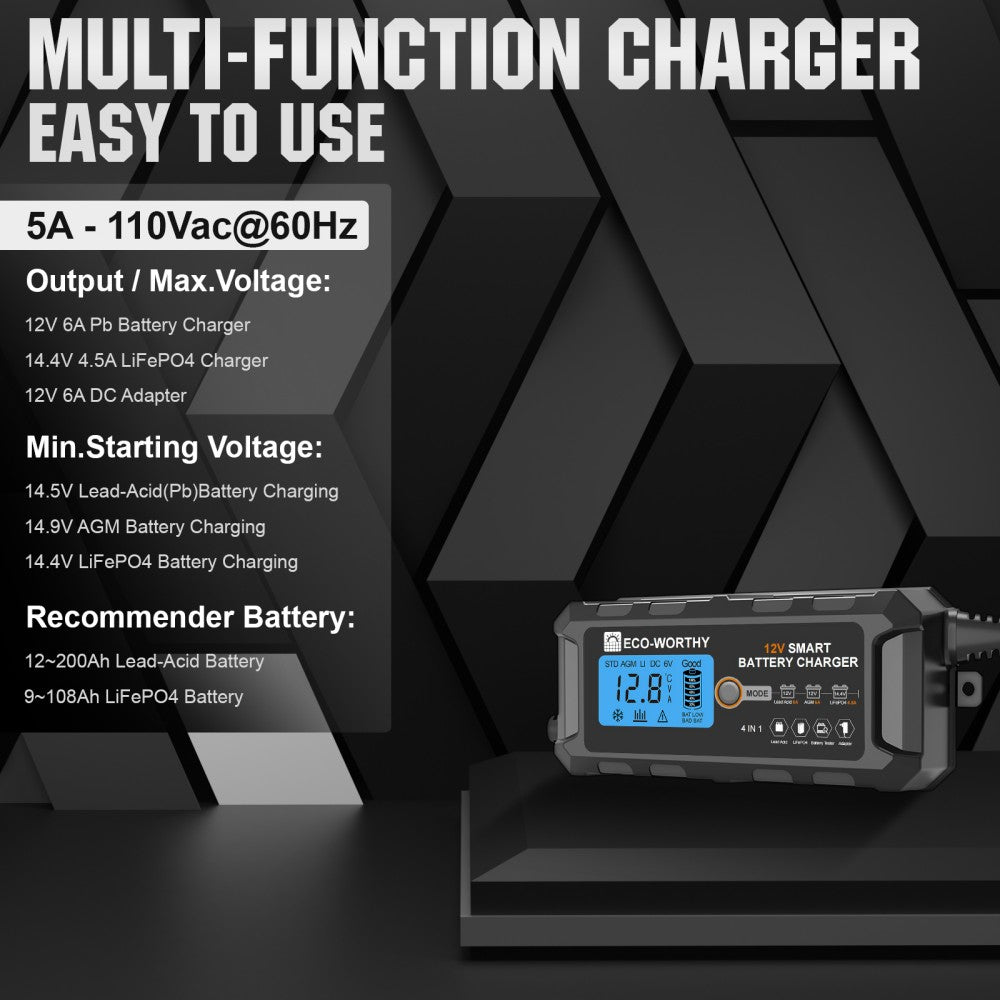In today's fast-paced world, the charger has become an essential accessory for our mobile devices. As technology advances, so too does the way we charge our devices. This article delves into the evolution of phone chargers, highlighting key developments and innovations that have shaped the way we power our gadgets.

Traditional Chargers: The Wall Outlet Era
Initially, phone chargers were simple devices that plugged directly into wall outlets. These chargers typically featured a bulky design and a fixed cable. The primary function was to convert AC power from the wall into DC power suitable for charging batteries. But have you ever wondered how these early chargers managed to keep up with the demands of rapidly evolving technology?
- AC to DC Conversion: The basic principle of converting alternating current (AC) to direct current (DC) has remained a cornerstone of charger technology.
- Compatibility Issues: Early chargers were often device-specific, leading to a plethora of different charger types and connectors.
- Charging Speed: The charging speed was relatively slow, often taking several hours to fully charge a device.
The Rise of USB Chargers
With the introduction of USB technology, the landscape of chargers began to change dramatically. USB chargers offered a universal solution, allowing users to charge multiple devices with a single cable. This innovation not only simplified the charging process but also enhanced portability.
- Standardisation: The USB standardisation meant that manufacturers could produce chargers compatible with a wide range of devices.
- Increased Efficiency: USB chargers improved charging efficiency, reducing the time needed to power up devices.
- Smart Charging: Many modern USB chargers now feature smart technology, which adjusts the power output based on the device's requirements.
Wireless Charging: The Future of Convenience
As technology progressed, the introduction of wireless charging marked a significant milestone in the evolution of chargers. This innovative method allows users to charge their devices without the need for physical connections. But how does wireless charging work?
Wireless charging utilises electromagnetic fields to transfer energy between two objects. This technology has made charging more convenient, as users can simply place their devices on a charging pad. However, it is essential to consider the following:
- Charging Speed: While convenient, wireless charging can be slower than traditional methods.
- Device Compatibility: Not all devices support wireless charging, which can limit its usability.
- Heat Generation: Wireless charging can generate heat, which may affect battery longevity over time.
Smart Chargers: The Next Generation
Today, smart chargers are at the forefront of charging technology. These devices, such as the , offer advanced features like LCD displays, multiple charging modes, and compatibility with various battery types, including lithium and lead-acid batteries. These innovations ensure that users can charge their devices safely and efficiently.
In conclusion, the evolution of phone chargers has been marked by significant advancements, from traditional wall chargers to the convenience of wireless technology. As we look to the future, it is clear that the charger will continue to evolve, adapting to the needs of users and the demands of new technologies.













